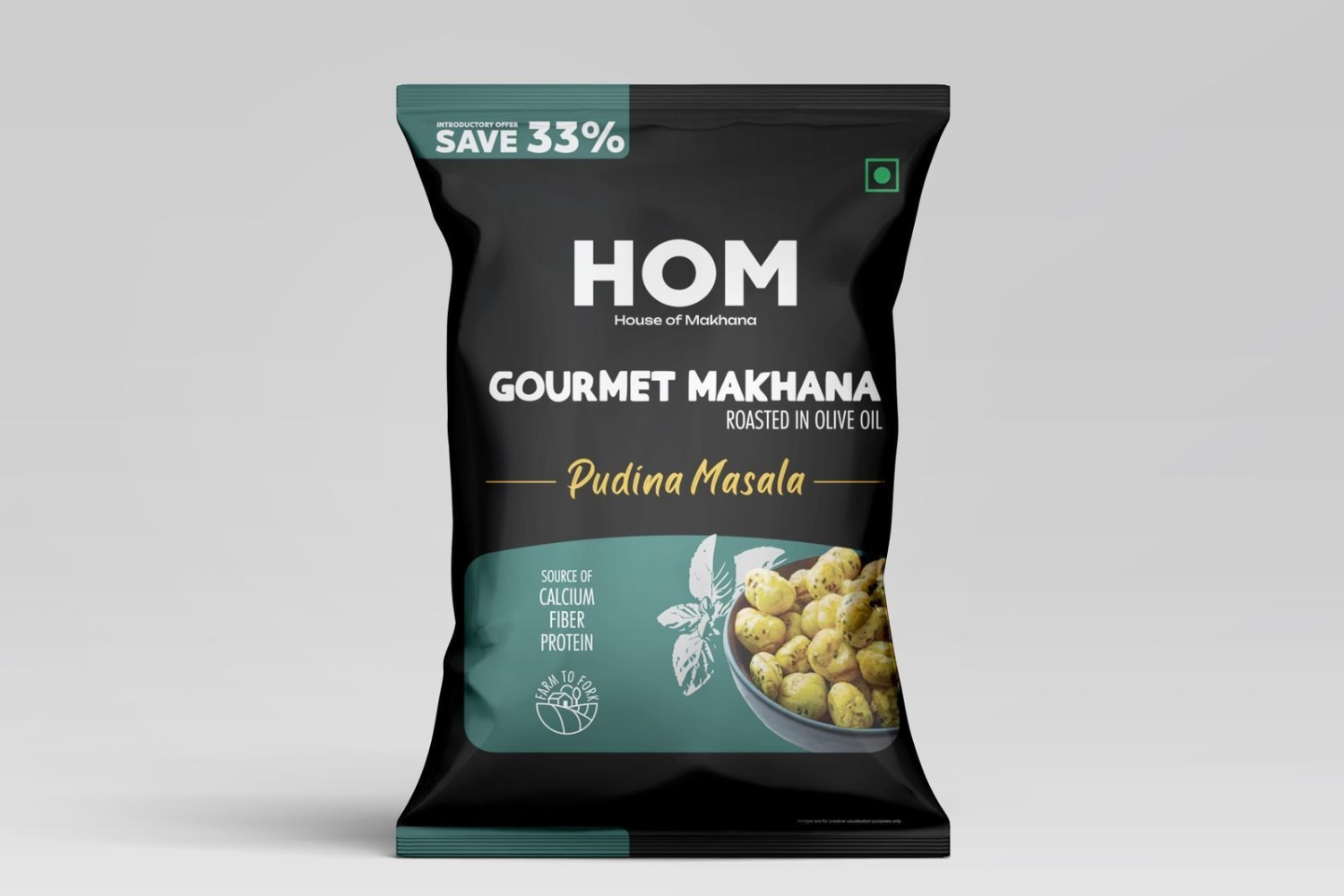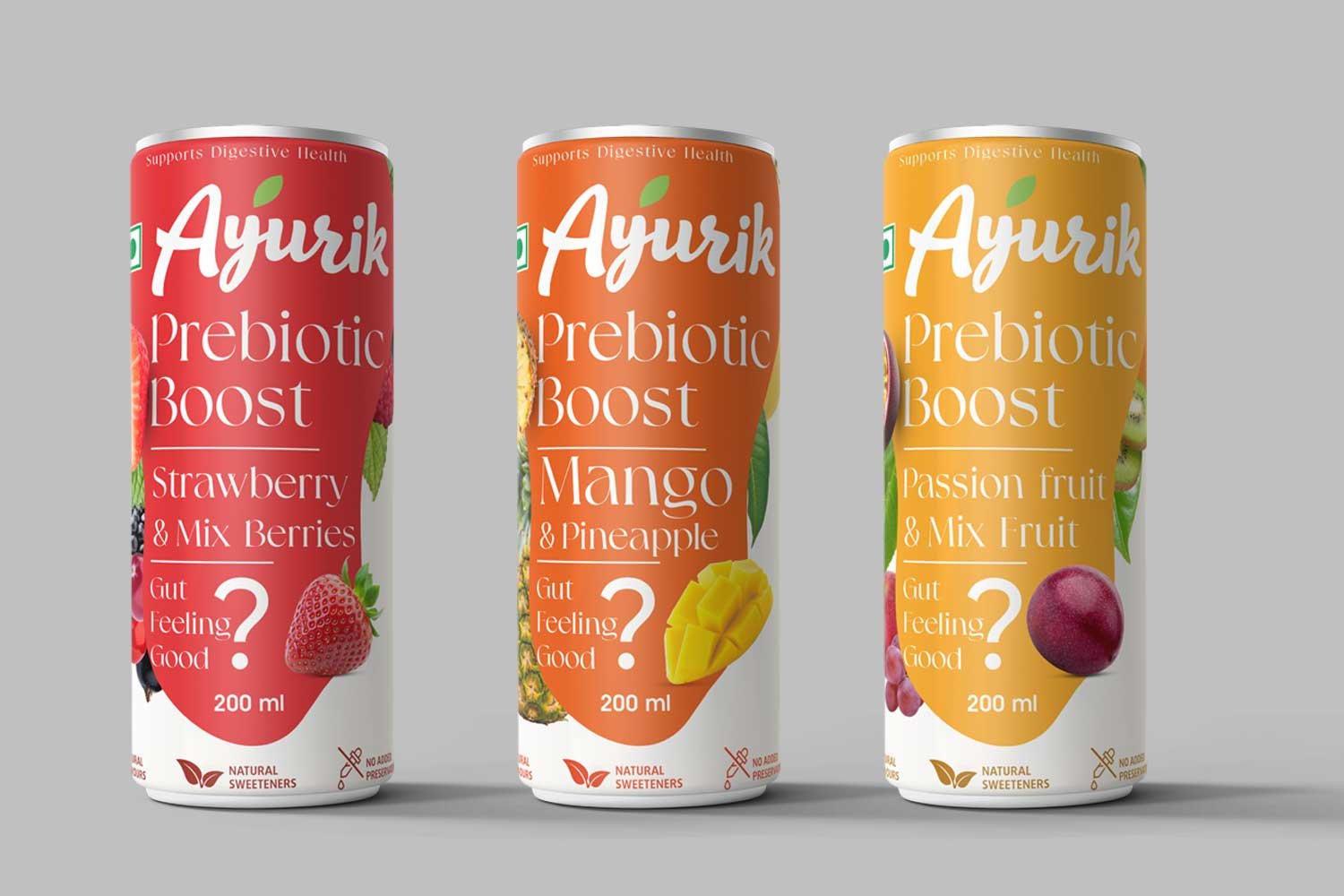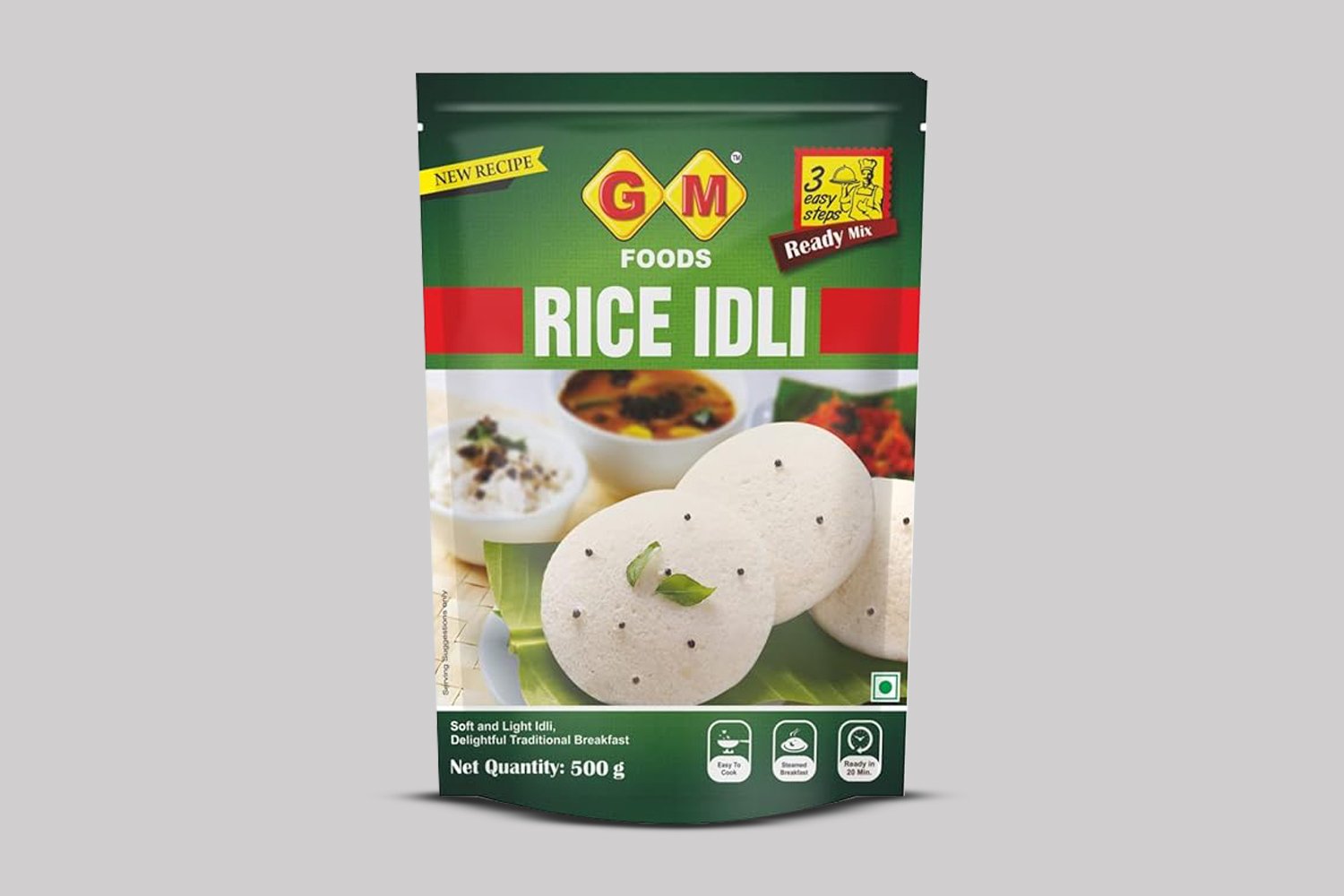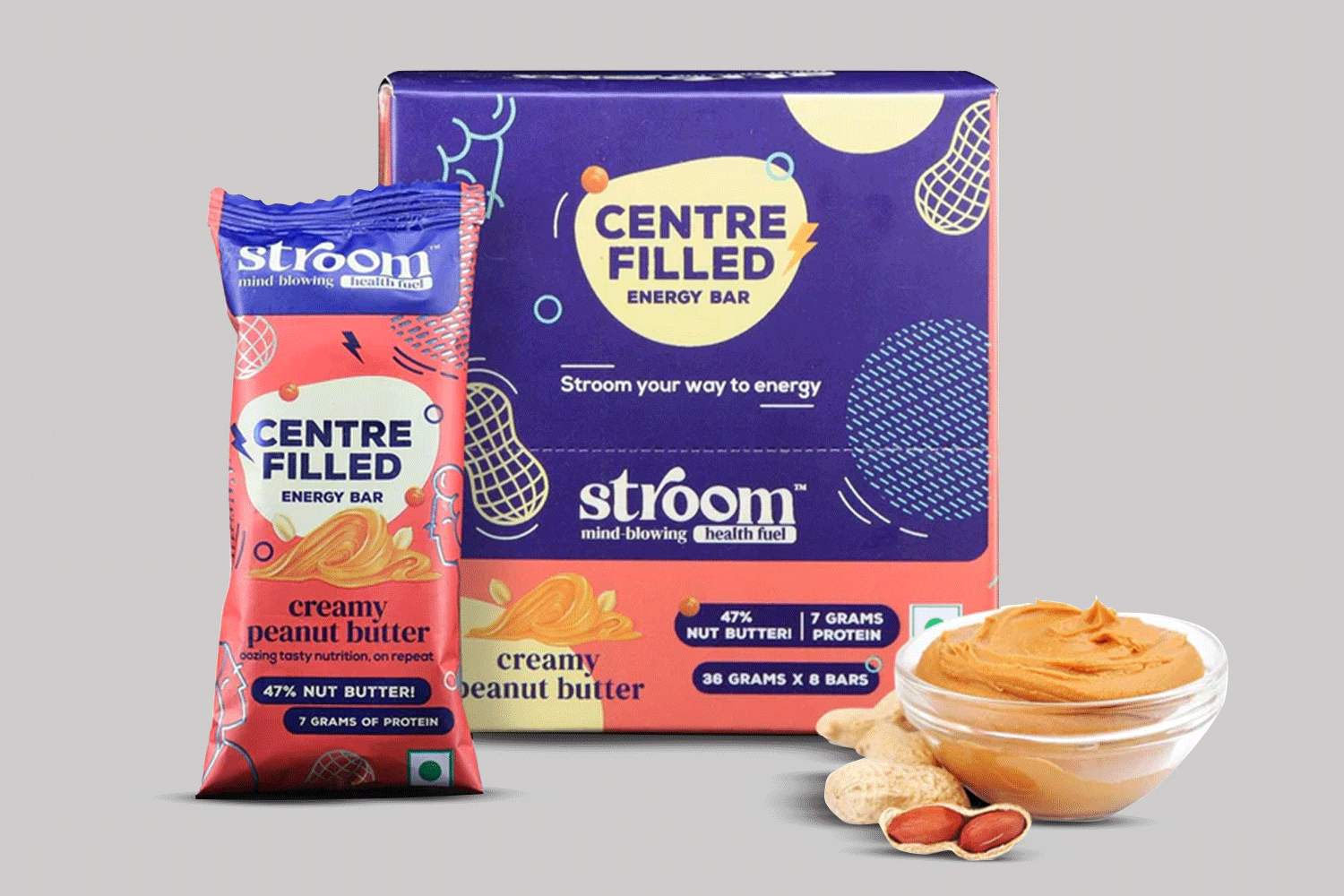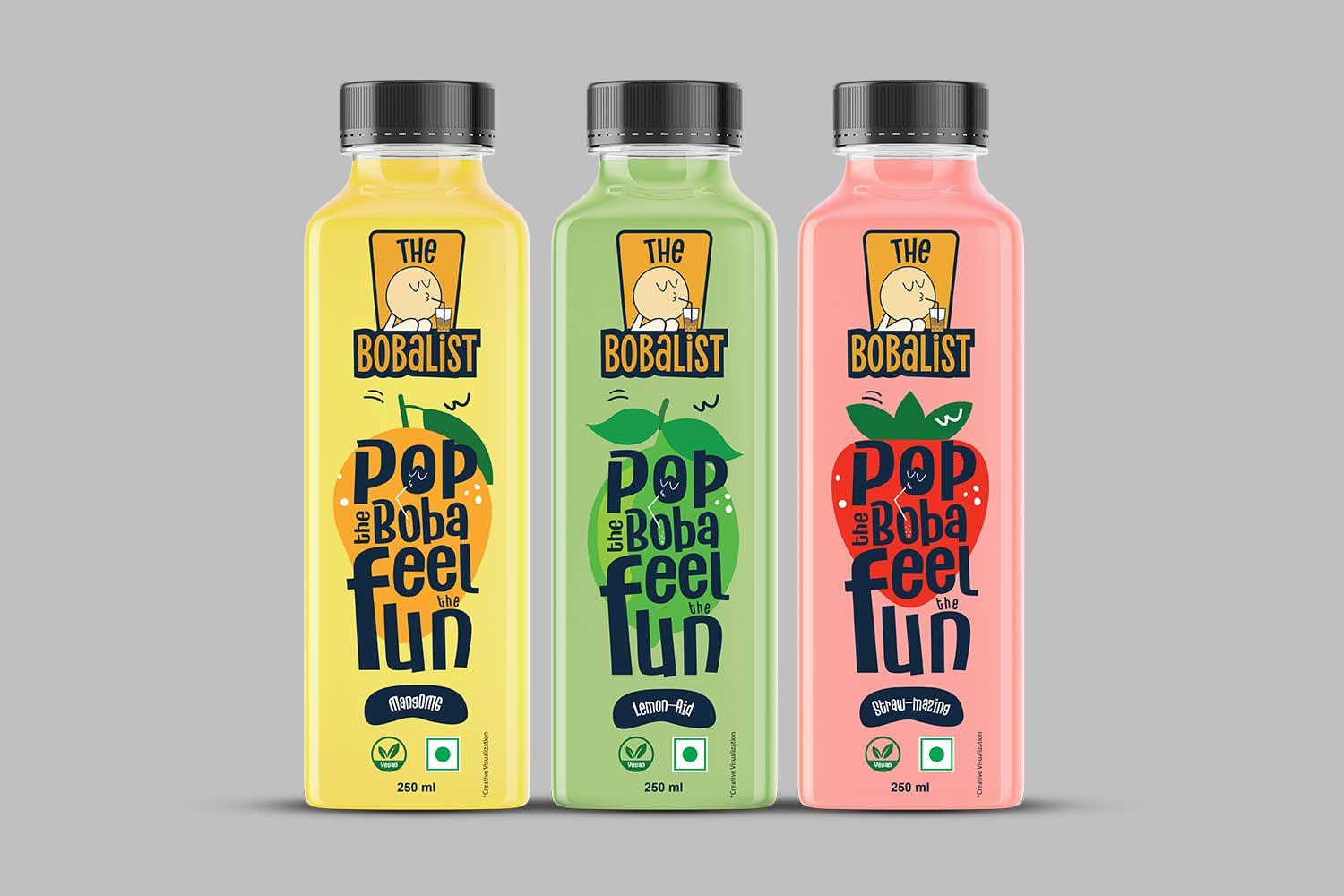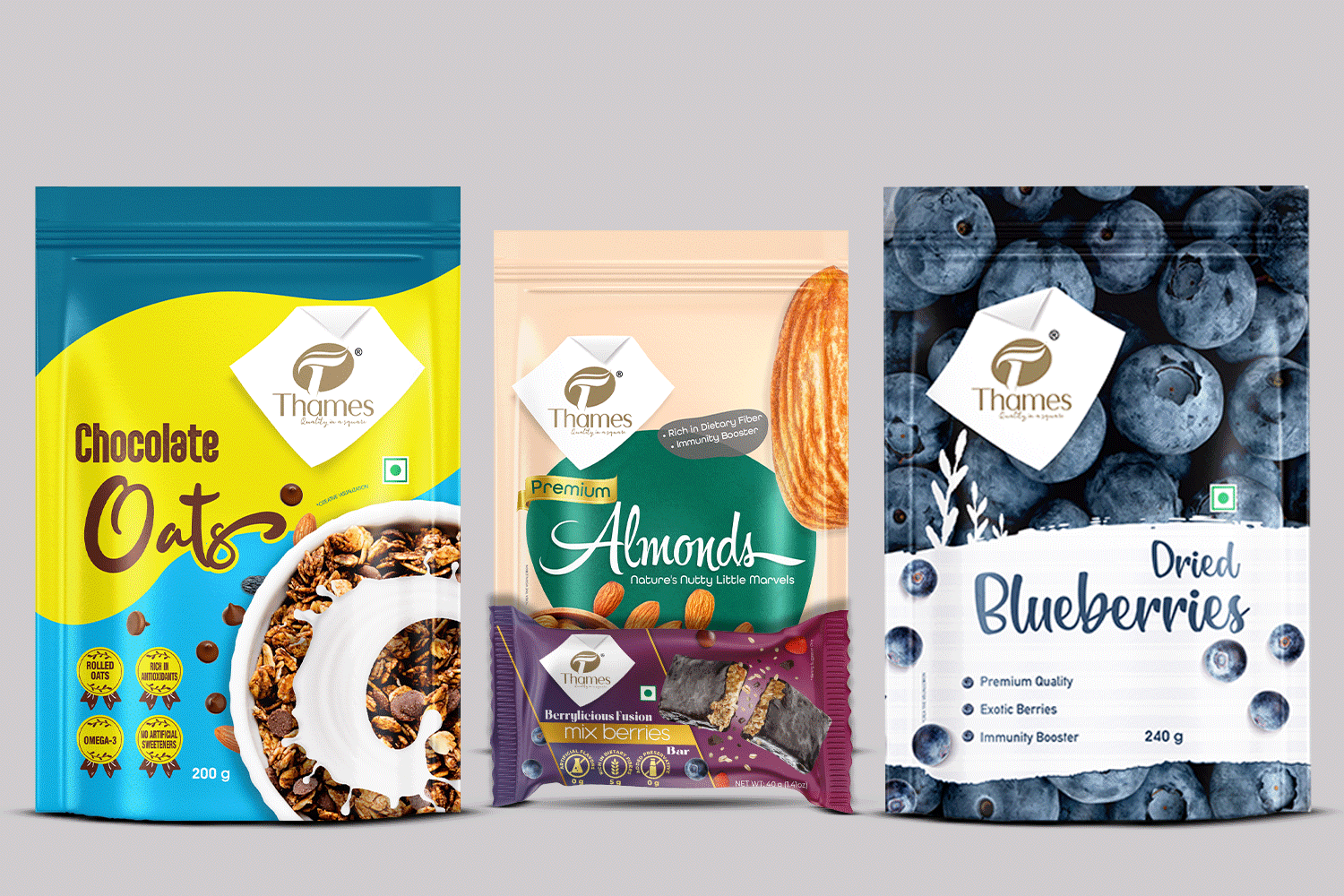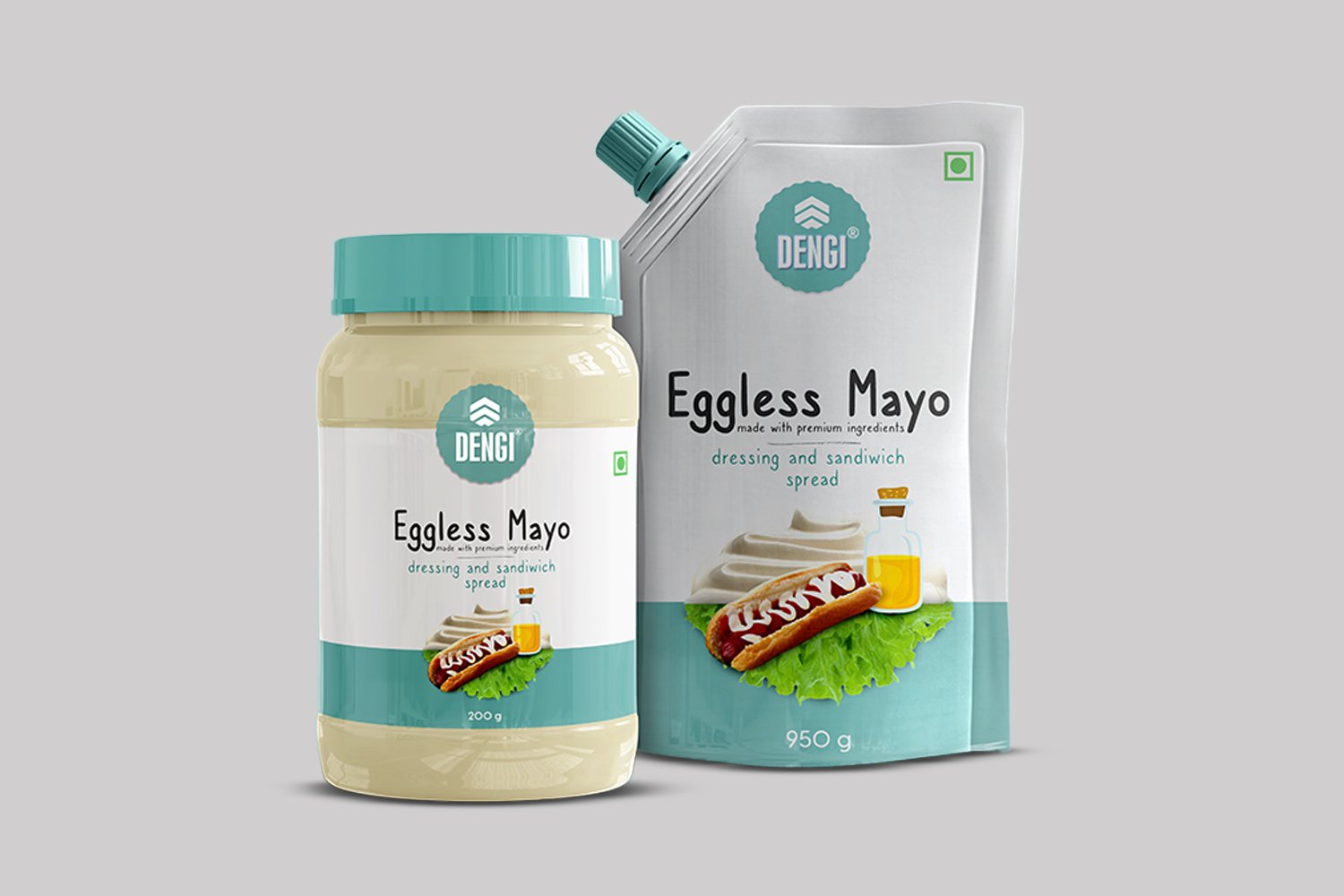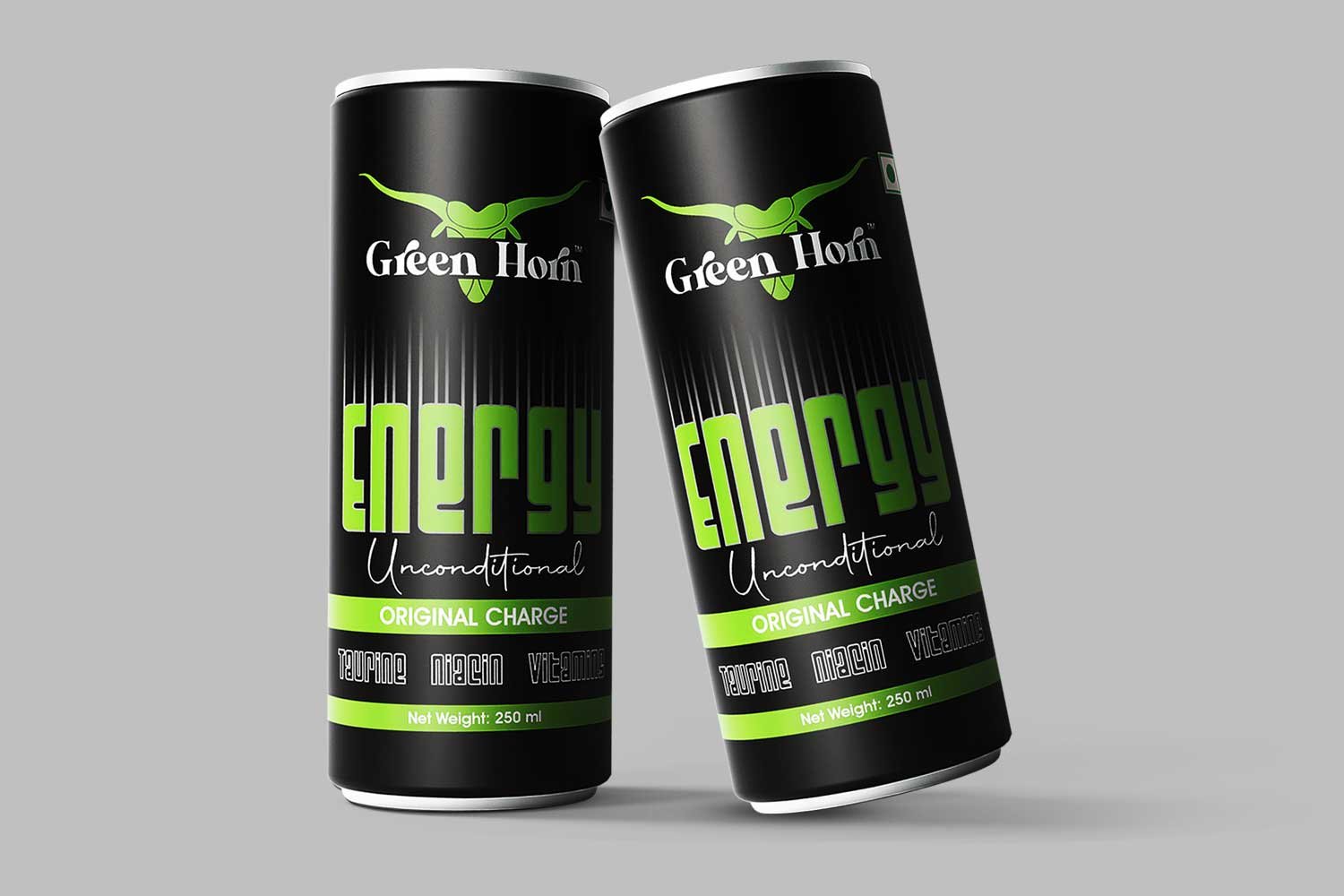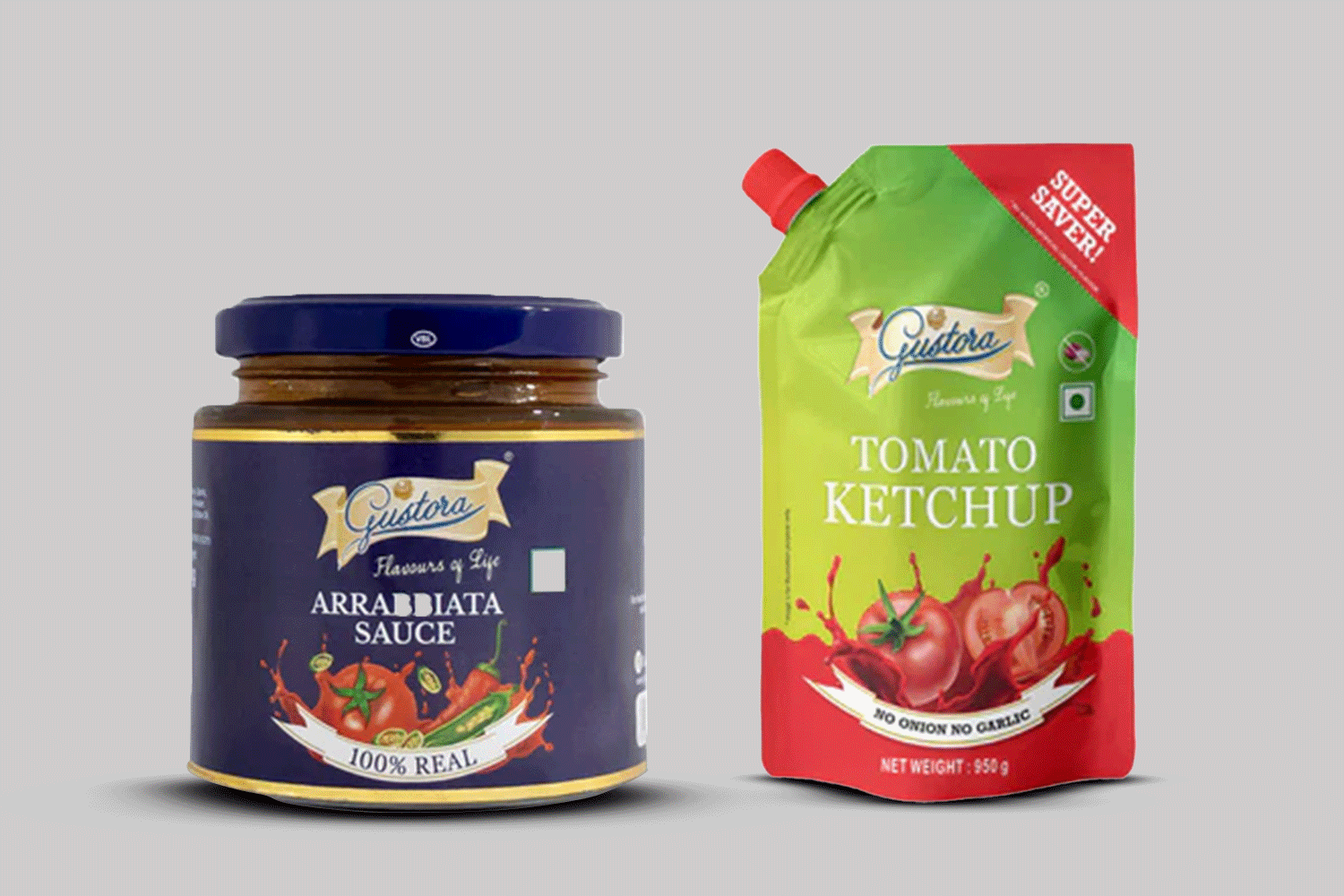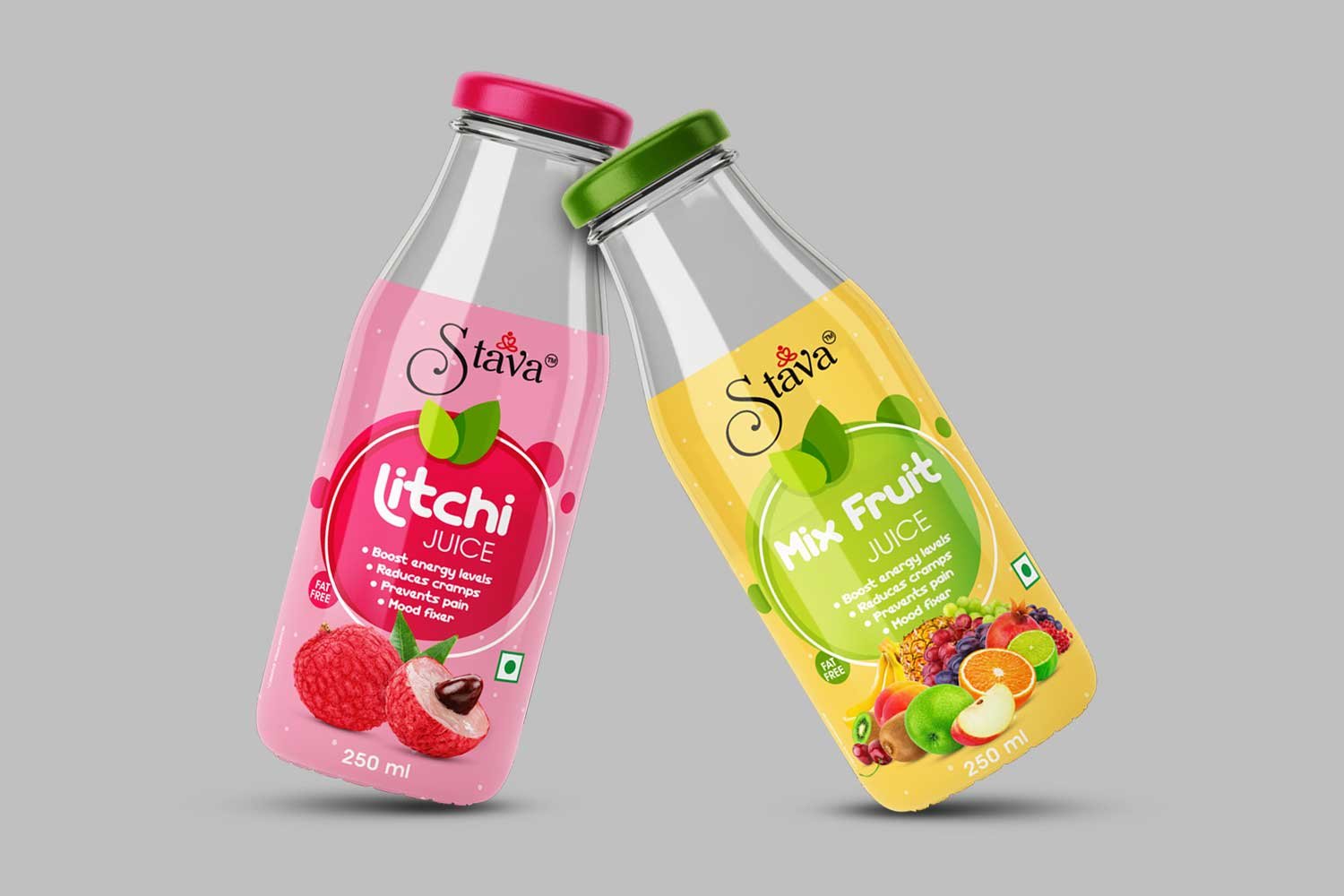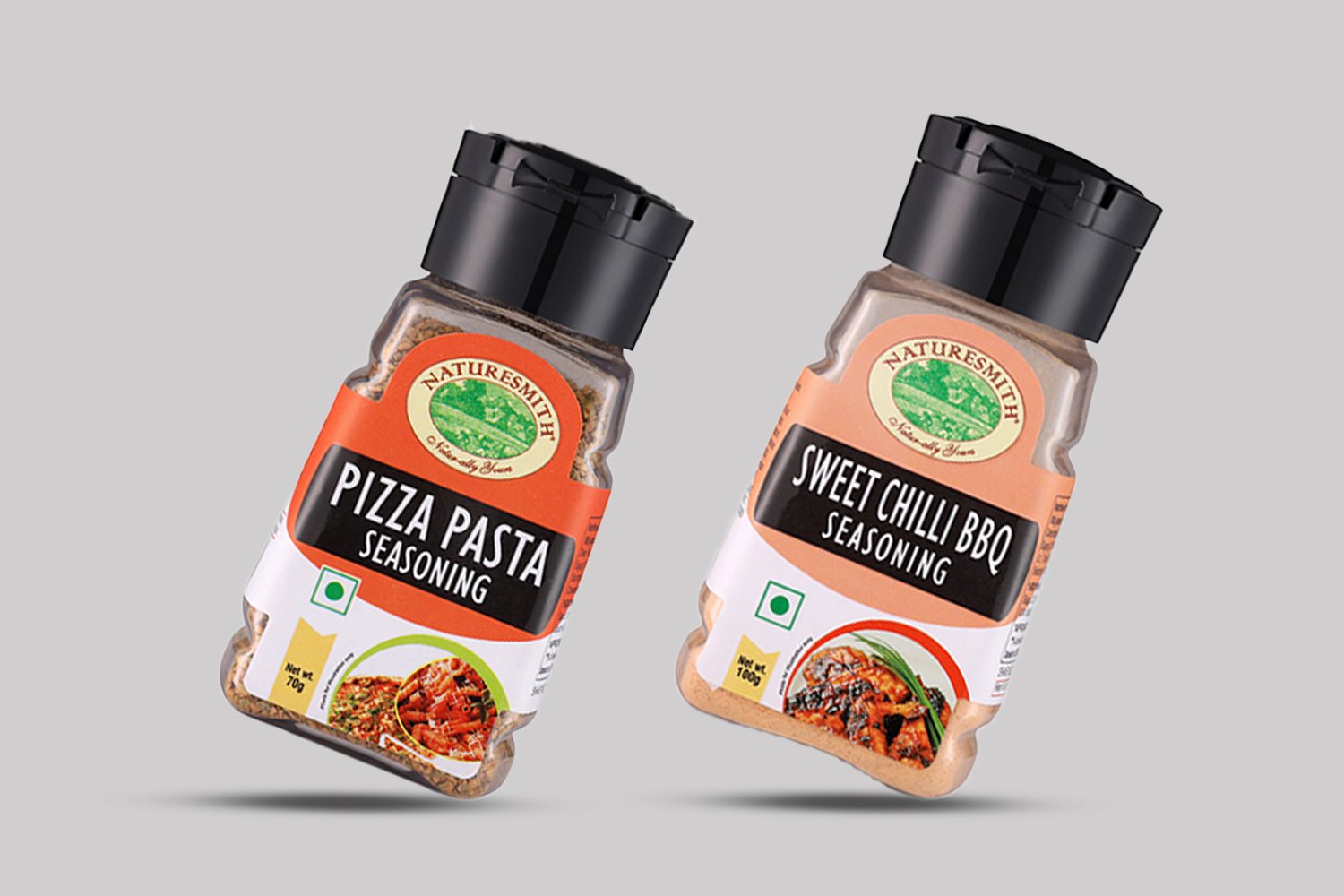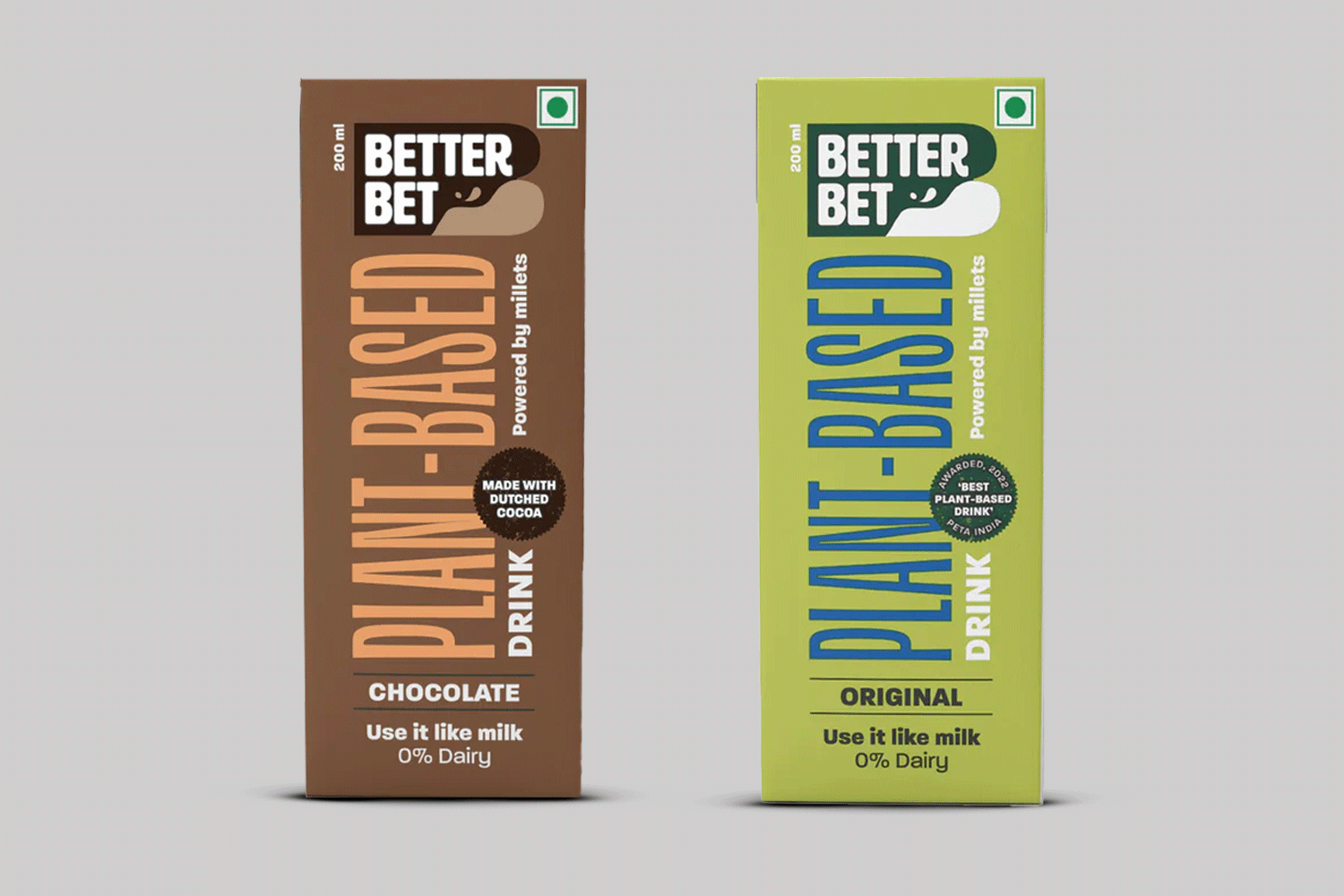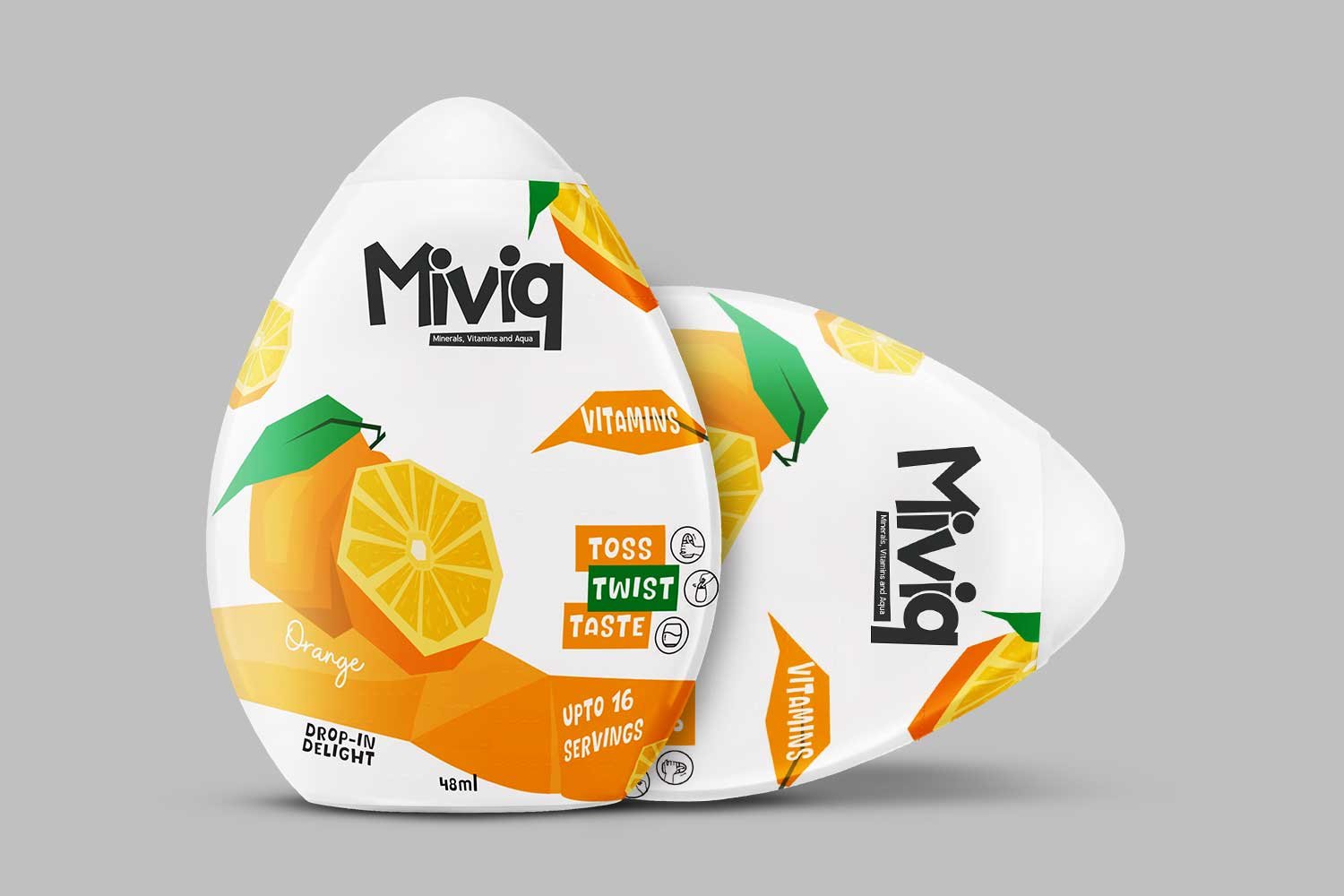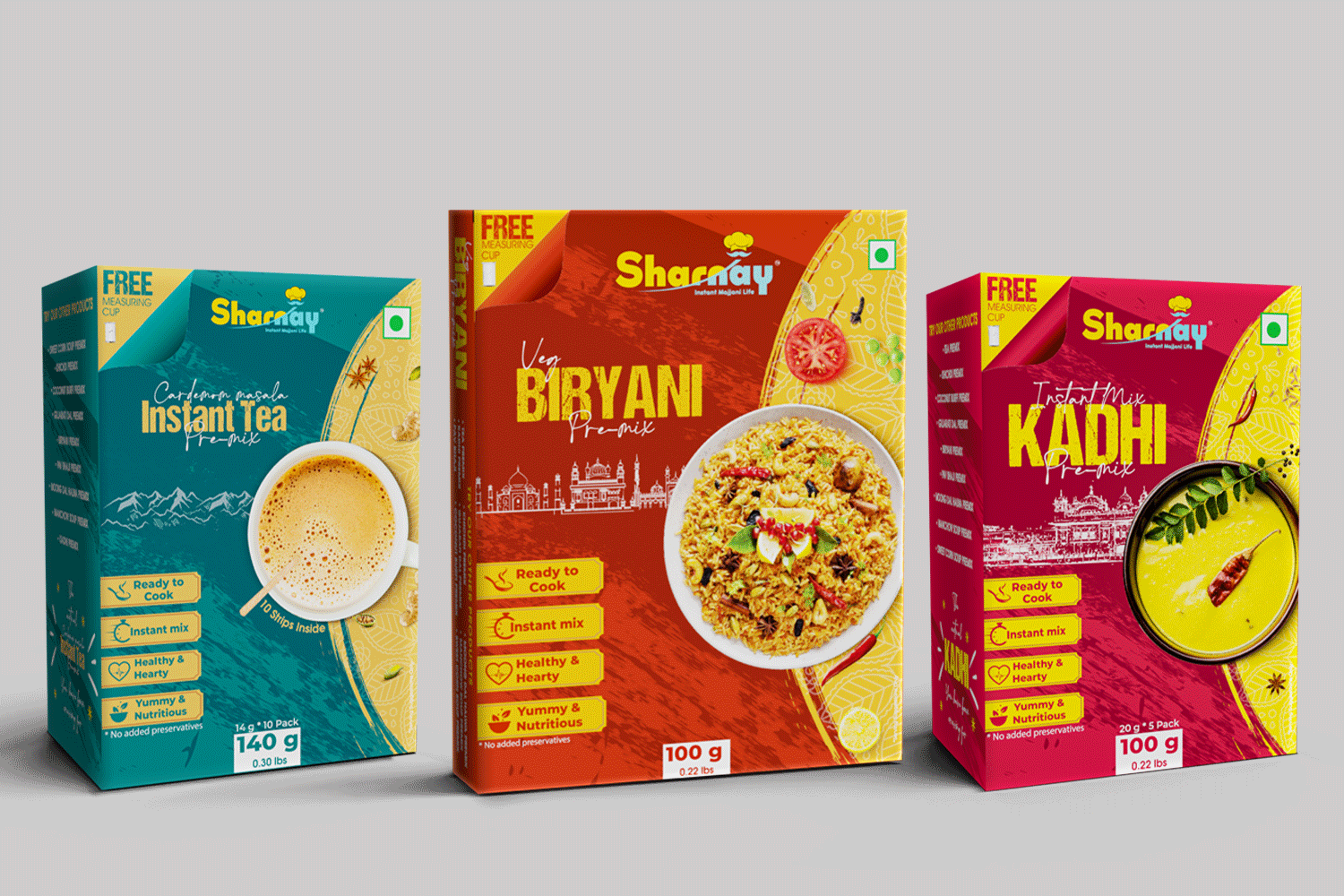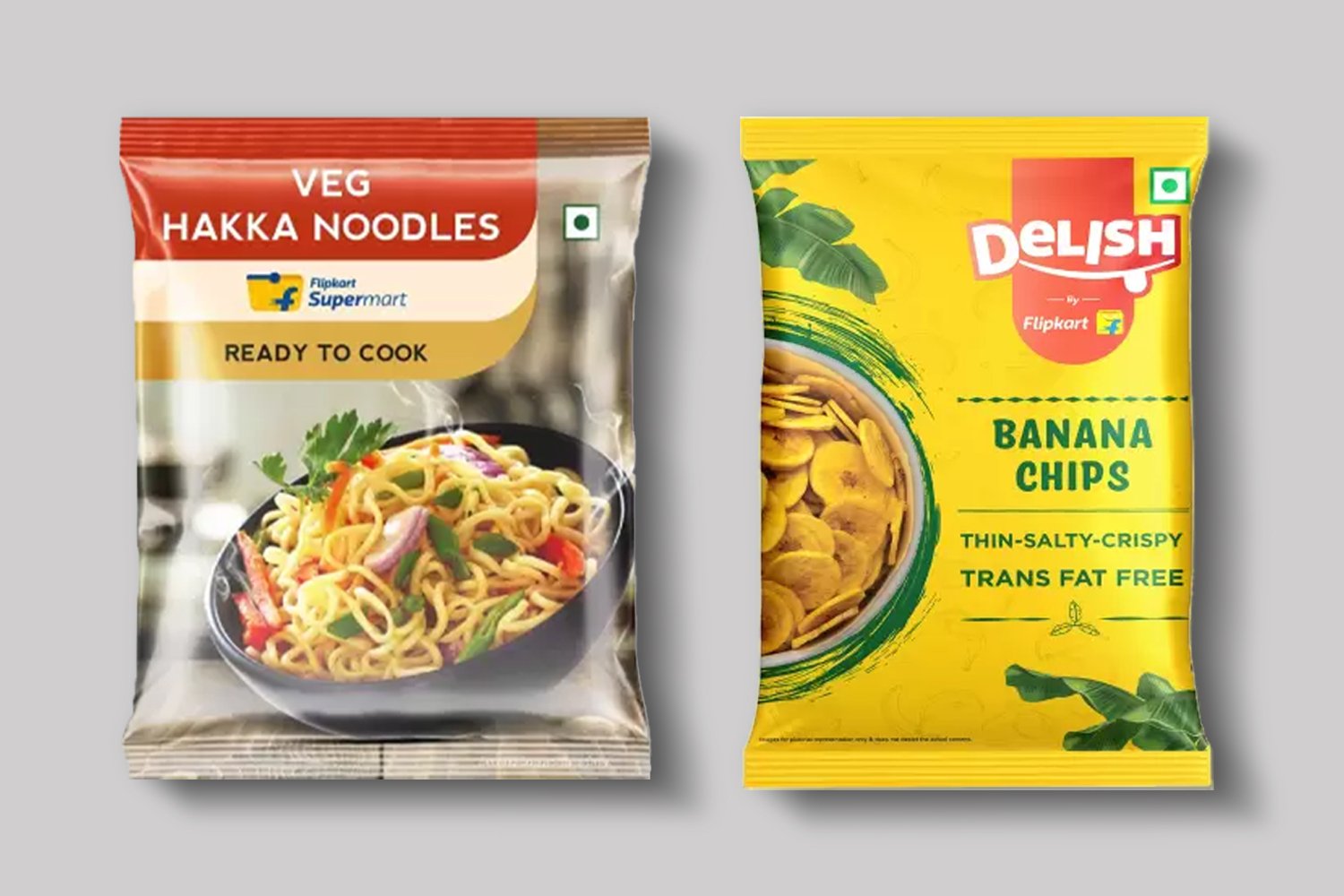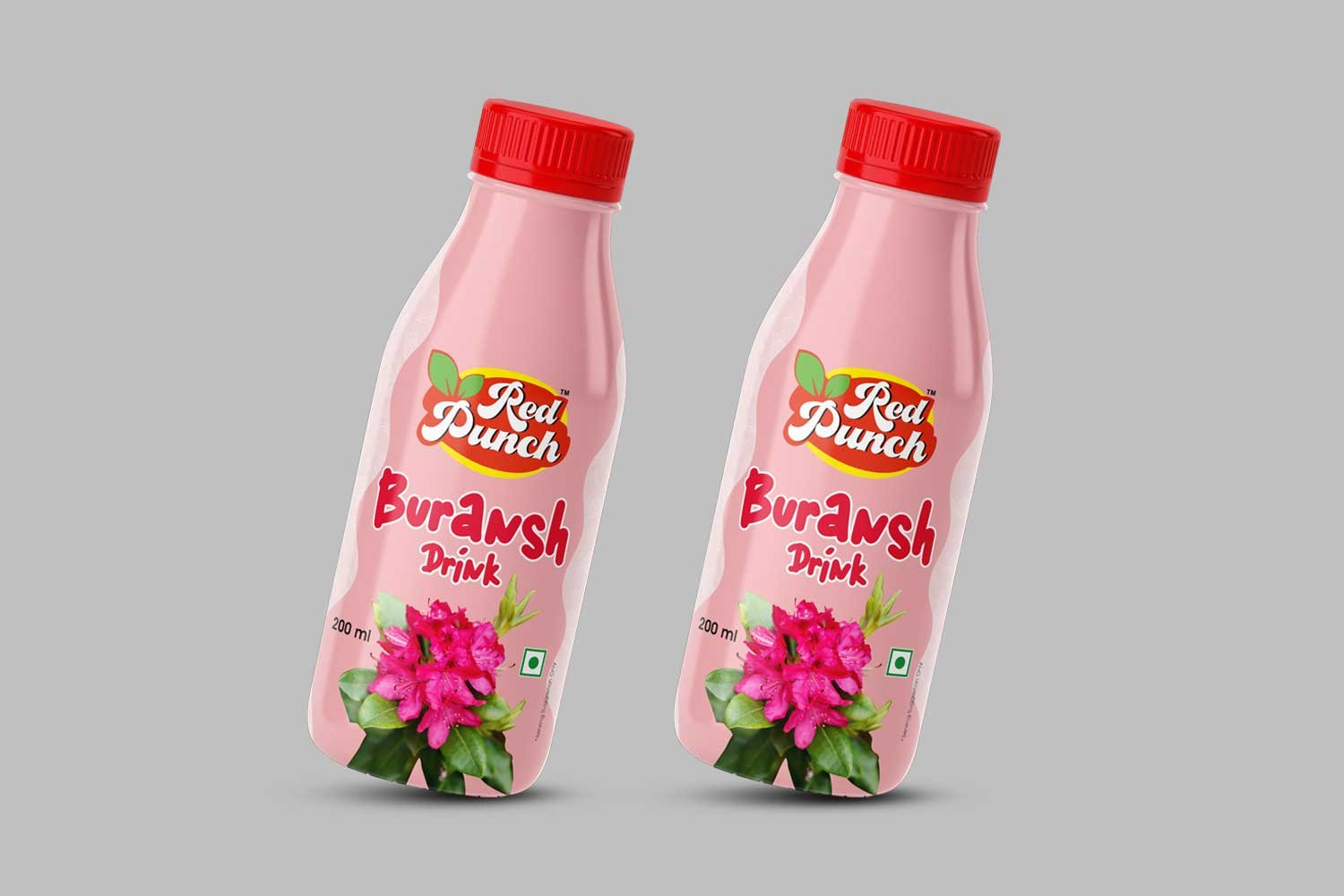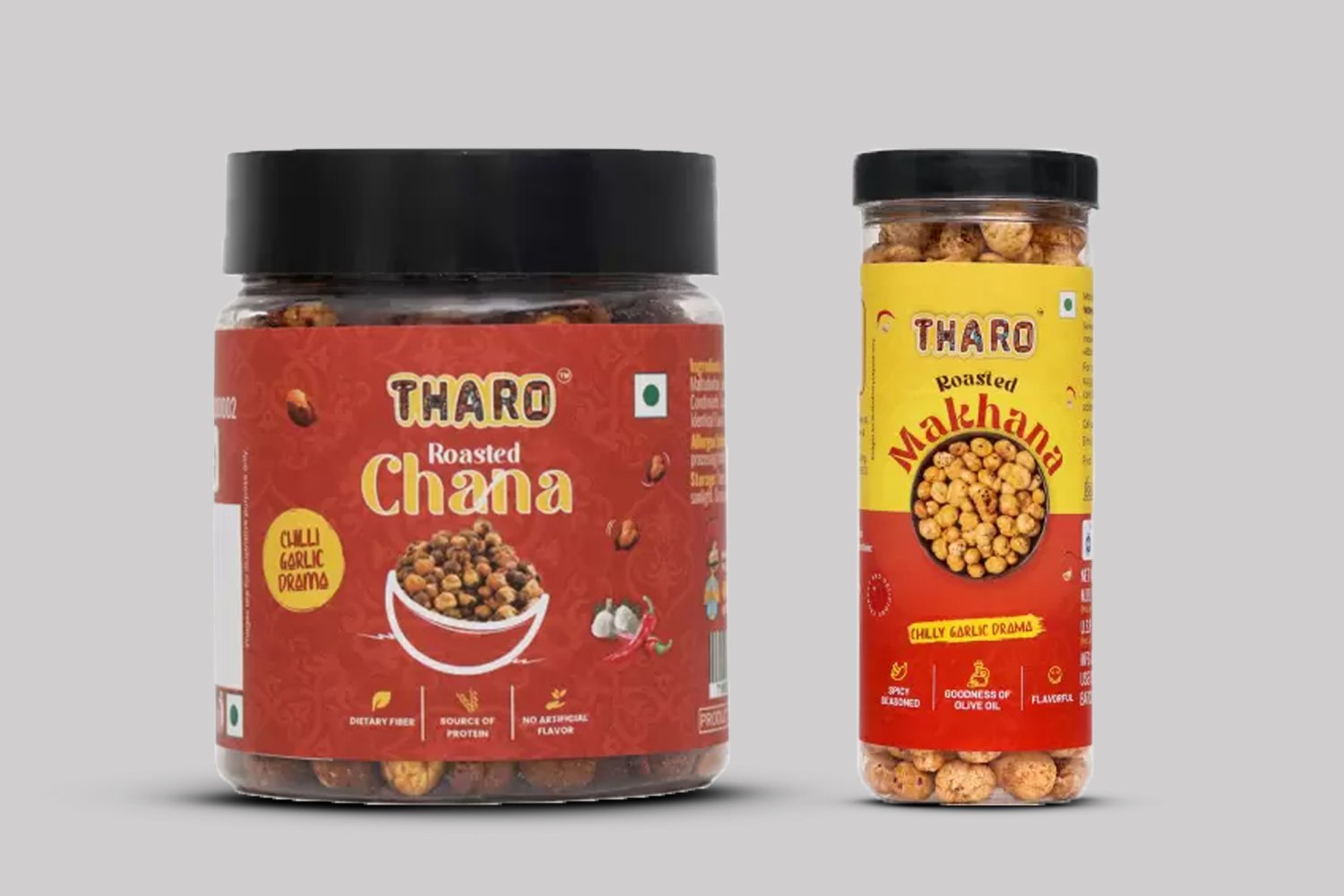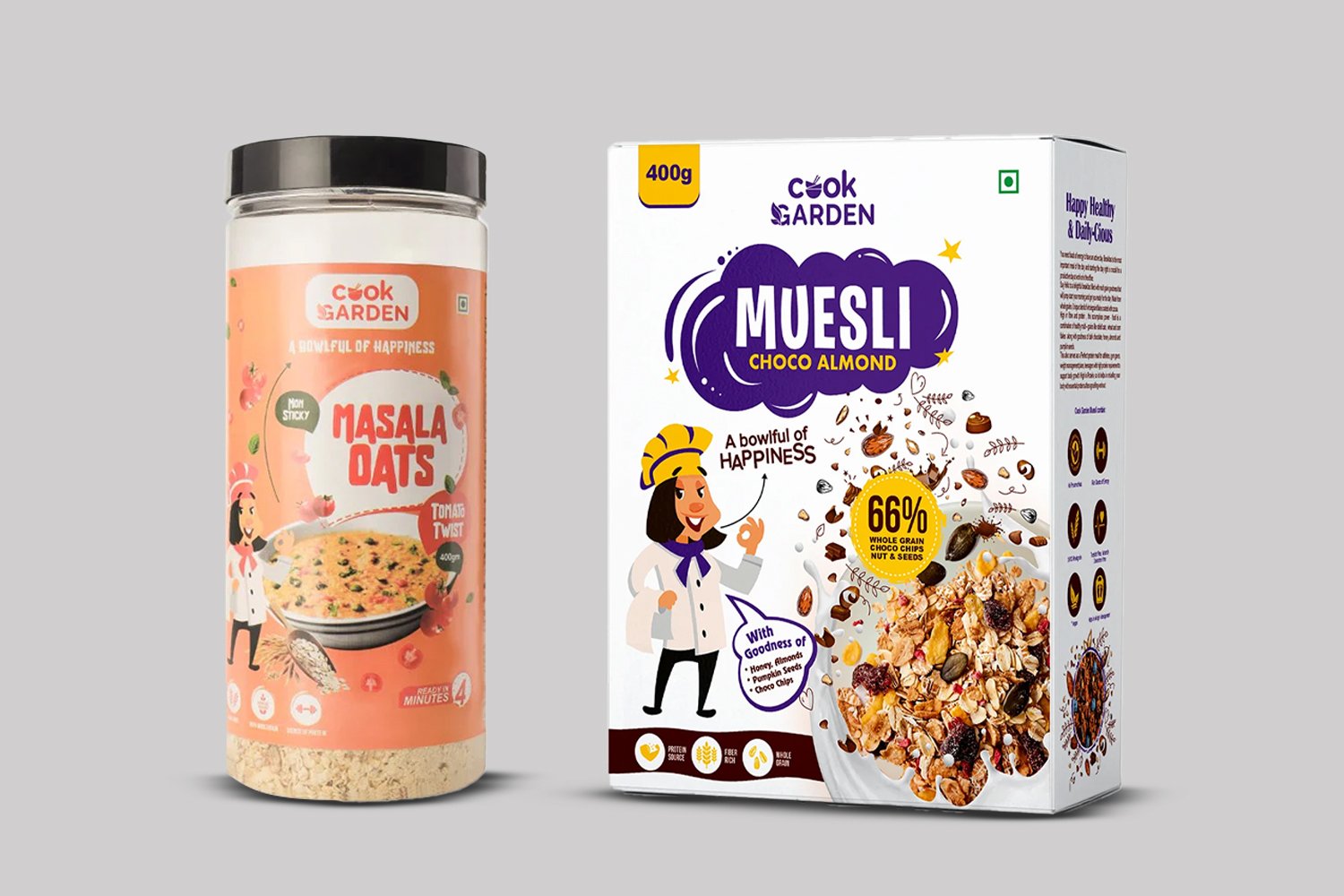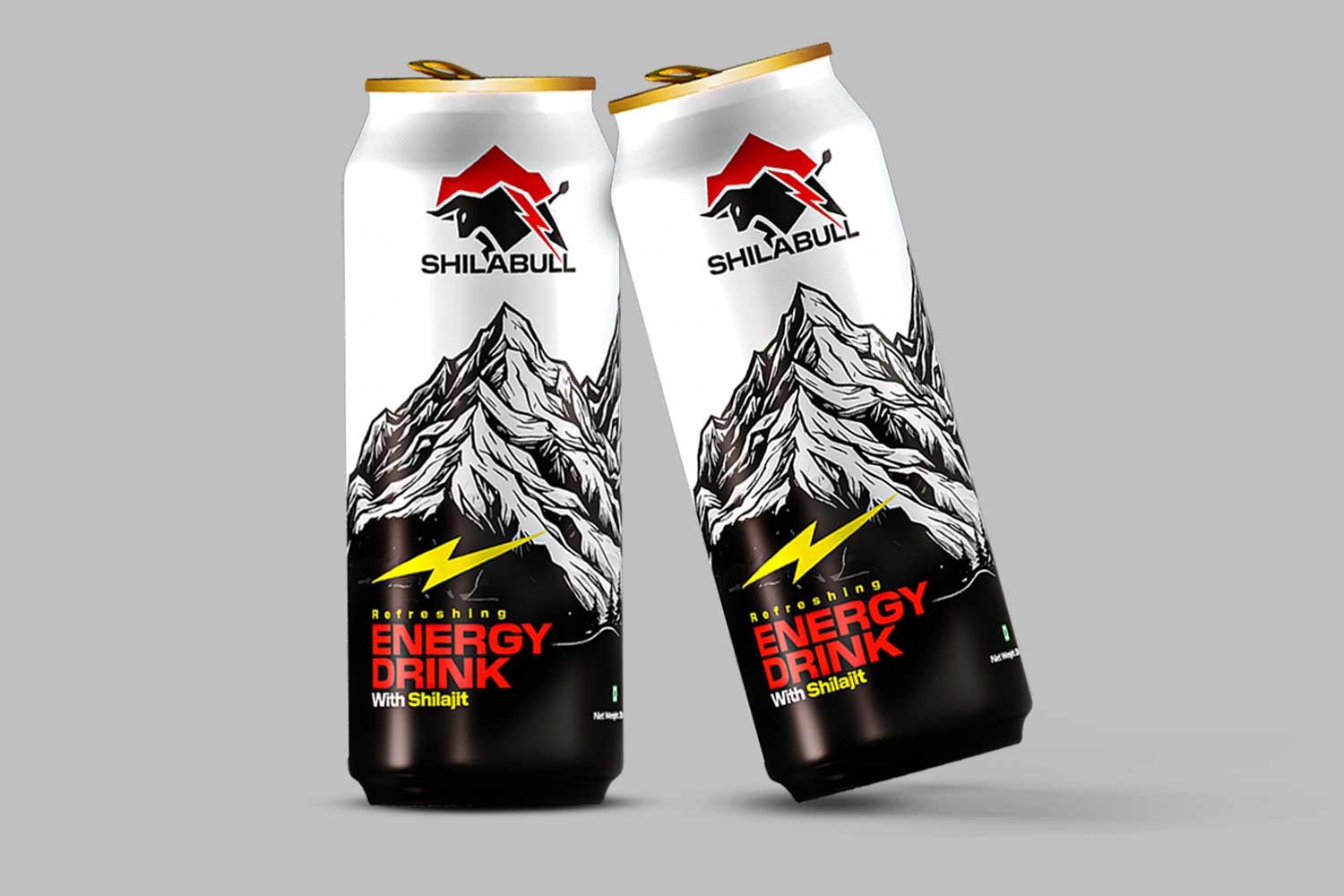When we say food innovation, we also have to understand the art and science of food formulation. Food recipe formulation stands at the forefront of creativity and precision. This is the process where our art meets with scientific methodology and thought process. This is the opportunity for all the food startups to shape the future of food through food formulation. From the morning cereal that starts our day to the sophisticated plant-based proteins revolutionizing modern nutrition. Food formulation experts in India can do their best for you. Let’s get into the symphony of flavors, steps, working agendas, and shelf-life considerations. Move to the formulation that the consumer will love and trust.
Understanding Food Formulation
Let’s move towards the understanding of its science. Food formulation is a process of combining ingredients in precise proportions to create food products. And that should meet specific sensory, nutritional, functional, and commercial requirements. As per the current trends, food formulation demands a deep understanding of food chemistry, ingredient interactions, processing effects, and consumer choices.
The science begins with water activity (aw), a main parameter that determines microbial stability, texture, and shelf life. Water activity ranges from 0 to 1, with most bacteria requiring aw above 0.85 to survive. Smart food formulators use ingredients like salt, sugar, and glycerol to control moisture in the product. This helps keep food fresh longer without spoiling, without losing its good taste.
pH levels are another secret weapon in the formulator’s toolkit. The pH scale influences flavor perception, color stability, protein functionality, and microbial growth. For example, A lower pH (more acidic) can protect food from dangerous bacteria, like botulism, which can’t grow below a pH of 4.6. Moreover, pH also affects how food tastes, looks, and behaves during cooking and storage. The right pH can make colors pop, flavors sing, and even help preserve food naturally.
When we think of protein, we think of muscles or fitness, but in food formulation, proteins are real multitaskers. It is more than just nutritional content. Proteins serve as emulsifiers, gelling agents, foaming agents, and water-binding components. Plant proteins like pea and soy offer unique challenges and opportunities, and need careful pH adjustment and processing conditions to mask off-flavors and optimize functions.
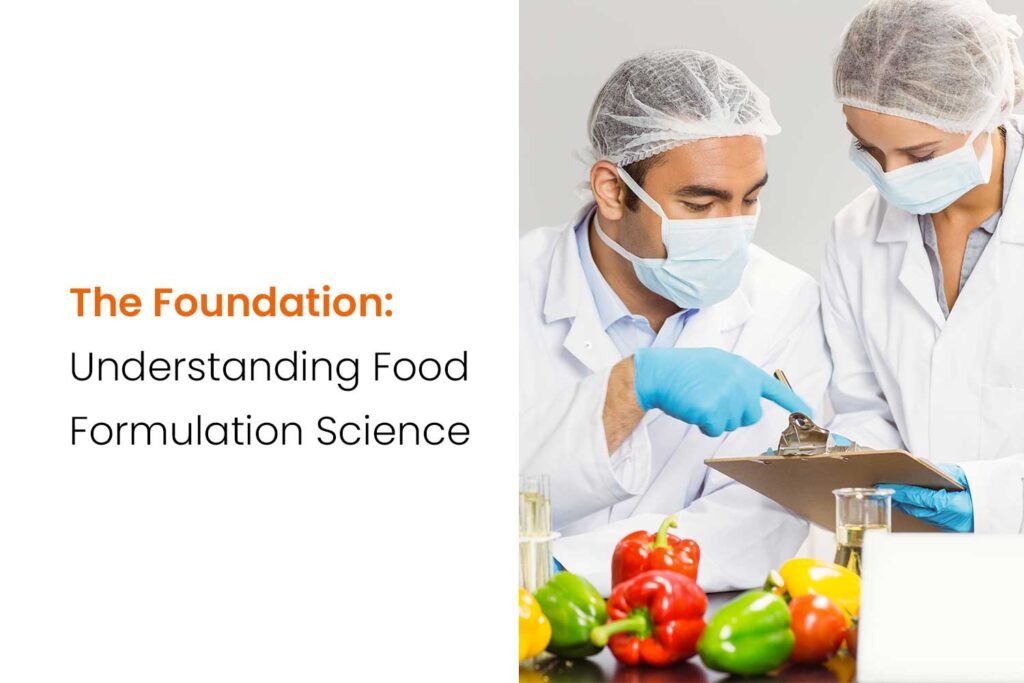
Unlock Expert Food Formulation Guidance Today
The Art of Food Formulation
For every food innovation, art is very important for success. Creating great food is a lot like being a matchmaker – you need to know which ingredients will fall in love and which ones will fight. Some combinations are classic for a reason, while others are surprising discoveries that revolutionize entire product categories.
Ingredient in your product plays a unique role; some add taste, some improve texture, and others help it stay fresh. Think of thickeners like xanthan and guar gum for creaminess, emulsifiers like lecithin to mix oil and water, proteins like whey or soy for body and nutrition, and natural sweeteners like stevia for guilt-free sweetness. Acids like citric and ascorbic help boost flavor and keep things safe, while rosemary extract or cultured dextrose act as a natural preservative. It’s all about choosing the right mix to make your product taste great, feel good, and last longer, without any artificial shortcuts.
When it comes to flavors, how ingredients work together really matters. Some flavors are sensitive—they can fade or change during processing or storage. That’s why techniques like encapsulation are used—they wrap the flavor in a protective shell so it stays fresh and releases at the right time. For dry products like soup mixes or powders, spray-dried flavors work best. For drinks or sauces, emulsion-based flavors blend more smoothly. And if the flavor is oil-based, it needs a good carrier like food starch or protein to spread evenly and taste just right.
Natural preservation systems represent a growing area of formulation expertise. Combinations of organic acids, plant extracts, and protective cultures can replace synthetic preservatives while maintaining food safety and quality.
| Ingredient Type | Common Ingredients | Function / Purpose |
| Base Ingredients | Wheat flour, rice flour, milk powder, protein isolate | Provide body, texture, structure, and nutritional bulk |
| Sweeteners | Sucrose, jaggery, stevia, erythritol, monk fruit extract | Sweetness, taste balance, calorie control |
| Fats & Oils | Butter, palm oil, coconut oil, sunflower oil | Texture, mouthfeel, richness, and satiety |
| Binders & Stabilizers | Pectin, xanthan gum, guar gum, carrageenan | Improve consistency, prevent separation, stabilize emulsion |
| Preservatives | Citric acid, sorbic acid, vinegar, and rosemary extract | Extend shelf life, inhibit microbial growth |
| Acidulants / pH Control | Citric acid, malic acid, and lactic acid | Control pH, support preservation, and enhance flavor sharpness |
| Thickening Agents | Cornstarch, modified starches, agar-agar | Increase viscosity, improve texture, support structure |
| Flavor Enhancers | Salt, MSG, yeast extract, spice blends | Enhance or round off flavor, mask bitterness |
| Colorants | Beetroot powder, turmeric, annatto, beta-carotene | Add visual appeal using natural or nature-identical colors |
| Emulsifiers | Lecithin, mono- and diglycerides, gum acacia | Blend water and fat, improve mouthfeel, ensure uniformity |
| Leavening Agents | Baking soda, baking powder, yeast | Help in rising or aerating bakery or snack products |
| Fortification Agents | Vitamin D, iron, calcium, and omega-3 | Add nutritional value, support health claims |
| Functional Botanicals | Ashwagandha, turmeric, green tea extract, moringa | Add adaptogenic, antioxidant, or wellness properties |
| Flavor Carriers / Solvents | Glycerin, propylene glycol (natural options preferred) | Dissolve flavors and extracts for uniform distribution |
| Anti-caking Agents | Rice flour, tricalcium phosphate, silica | Prevent clumping in powders or dry mixes |
| Humectants | Glycerin, sorbitol | Retain moisture, improve chewiness or softness in baked or snack products |
| Anti-oxidants | Tocopherols (Vit E), ascorbic acid | Prevent oxidation of fats and oils, increase product shelf-life |
| Enzymes | Amylase, protease, lipase | Modify texture, digestibility, and enhance product stability |
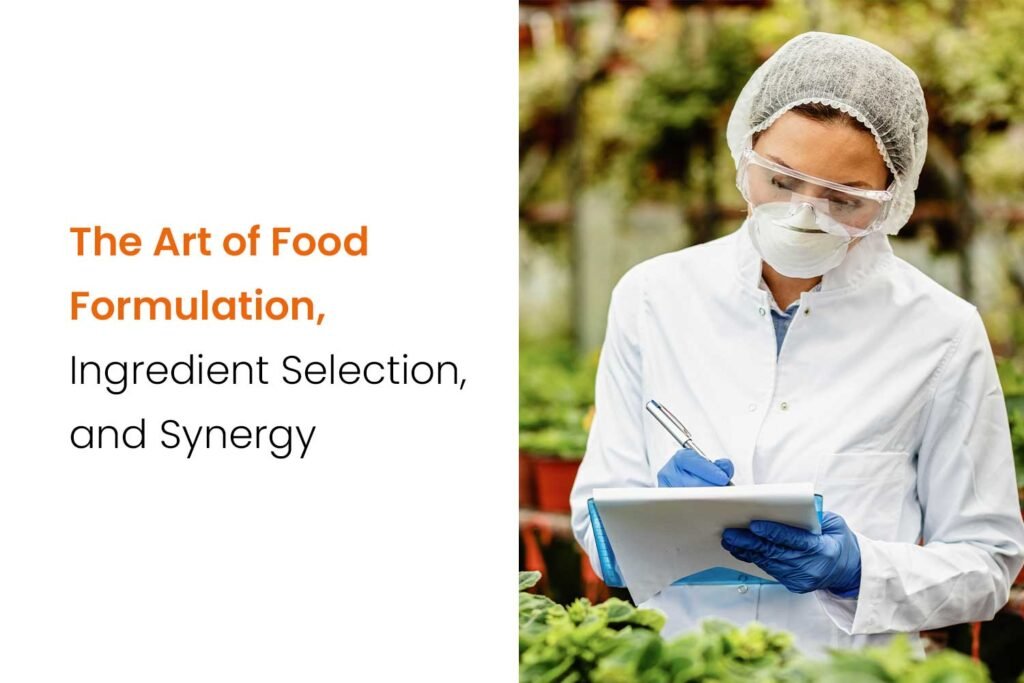
Technologies In Food Product Formulation
Modern food formulation techniques and technologies are increasing to expand ingredient possibilities. High-pressure processing (HPP) allows formulators to create fresh-tasting products with extended shelf life without heat treatment. This technology can be helpful for cold-pressed juices, guacamole, and ready-to-eat meals, where things can be a bit tricky.
Microencapsulation is like giving sensitive ingredients a safety jacket. For example, probiotics (the good bacteria) are wrapped in tiny alginate beads, so they can survive rough processing and even stomach acid, reaching the gut where they help. Same thing with omega-3s: when wrapped in protein or carb coatings, they don’t go bad (no fishy smell!) and still give all the health benefits.
Now, proteins can be upgraded too. Using enzymes, we can change how proteins behave. One method, called enzymatic hydrolysis, makes proteins easier to mix in drinks, less likely to trigger allergies, and even gives them some bonus health perks. Another cool enzyme, transglutaminase, helps link proteins together, which gives you that meaty, firm texture in plant-based burgers or mock seafood.
And here’s where it gets futuristic—nanotechnology. Super tiny particles like nano-emulsions help your body absorb nutrients like vitamins more effectively and even make drinks feel smoother. There’s also nanocellulose (yep, sounds fancy), which can replace some of the fat in foods while keeping that creamy texture we all love—so it’s lower in calories but still delicious.
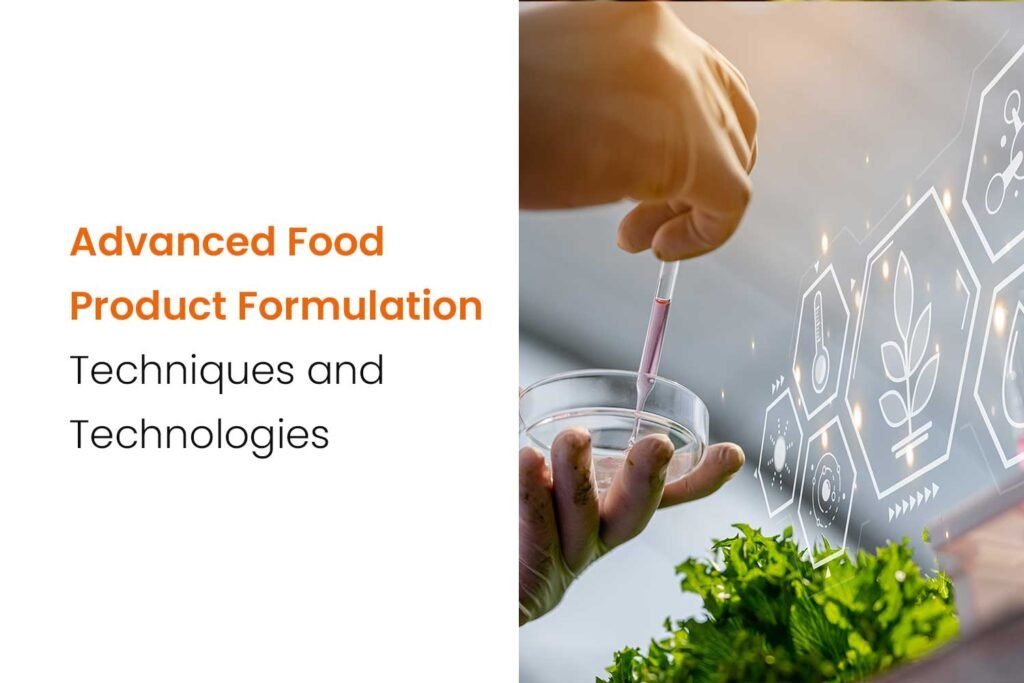
Food Sensory Science Integration
Successful food product formulation needs complete knowledge of sensory testing and science. Also, how humans perceive flavor, texture, aroma, and appearance. The five basic tastes (sweet, sour, salty, bitter, and umami) interact with thousands of aroma compounds to create flavor perception. Formulators must consider taste masking for unpalatable ingredients, flavor upgradation for reduced-sodium products, and flavor release timing for optimal sensory impact.
You know what? Texture is all about a full sensory experience. You have to give that experience to your target audience. Who can help with this? The best food formulation company in India. How creamy, chewy, or smooth a food feels comes down to the way ingredients behave when you bite, chew, or sip. But there’s more to it than just one bite. The first taste might hit differently than what lingers after a few seconds. That’s why formulators use both fast and slow-release flavors to balance the full experience.
Take tannins, for example—they give that dry, astringent feel in drinks like green tea or red wine. Getting the right level means testing how the sensation builds and fades over time.
And here’s the fun part—our senses work together in surprising ways. A bright orange drink might taste more citrusy, even if the flavor hasn’t changed. A louder crunch in a chip can make it feel fresher. These little details, when understood and used well, can completely change how someone experiences a product, making it not just good but amazing.

Nutritional Optimization and Key Health Considerations in Food Formulation
As the best food formulation experts in India, we thoroughly assess the nutritional value and all aspects of health considerations. Protein quality becomes a major concern as plant-based alternatives gain popularity. Combining complementary proteins, such as rice and pea protein, creates complete amino acid profiles that match those of animal proteins. Digestibility-corrected amino acid scores (PDCAAS) guide protein selection for specific nutritional targets.
Micronutrient fortification requires careful consideration of bioavailability and stability. Iron fortification in cereal products uses encapsulated forms to prevent oxidation and off-flavors. Vitamin D addition requires fat-soluble carriers for optimal absorption. Calcium fortification must be made to avoid interactions with other minerals that reduce its bioavailability.
Then there are those powerful extras like prebiotics and probiotics—the good-for-your-gut ingredients. Prebiotics like inulin don’t just add fiber; they also tweak sweetness and texture. Probiotics, being live bacteria, need to be protected from heat, moisture, and acidity during processing, which means every ingredient and step matters to keep them alive and effective.
Reducing negative nutritional components while maintaining functionality presents ongoing challenges. Sodium reduction requires a careful balance of flavor enhancers, potassium chloride, and taste-masking compounds. Sugar reduction utilizes high-intensity sweeteners, bulking agents, and flavor modifiers to maintain sensory satisfaction.

Quality Control and Regulatory Compliance in Food Product Development
How can your product be of the best use? The simple answer is quality control and complaints. Food R&D experts operate within strict regulatory checks that vary by region and product category. GRAS (Generally Recognized as Safe) determinations in the United States require extensive safety documentation for new ingredients. European Novel Food regulations demand comprehensive safety assessments for innovative formulations.
Allergen management represents a main aspect of formulation safety. The “Big 8” allergens (milk, eggs, fish, shellfish, tree nuts, peanuts, wheat, soybeans) require careful sourcing, processing, and labeling considerations.
Let’s cover the main part, which is shelf life. Shelf-life studies check formulation stability under various storage conditions. Accelerated shelf-life testing using elevated temperatures and humidity predicts product performance over time. Sensory evaluation panels assess quality changes, while analytical testing monitors chemical and microbiological stability.
Innovative Food Formulation
Food product development trends are at their peak. Innovation comes with every creative mind and the needs of the consumer. We don’t just follow trends, we set them and make the brand the star of the market. The way we make food is changing fast — and for the better.
We’re now using things that used to be thrown away, like leftover grain from beer or fruit peels, to make healthy ingredients full of fiber and antioxidants. It’s smart, sustainable, and helps reduce waste.
Food R&D is also becoming more personal. Thanks to new science and AI, we can now create products that match your health needs — even your genetics! Imagine foods designed just for your body type or lifestyle.
Protein is getting a major upgrade, too. It’s not just soy or peas anymore. Insects (yes, really!), lab-grown meat, and even algae are being used to create protein-packed foods like protein bars and protein powder that are better for the planet.
And people want cleaner, simpler food. So brands are now replacing artificial ingredients with natural ones — using things like fermentation or old-school methods to keep food fresh and tasty without chemicals. Traditional preservation methods like fermentation and controlled atmosphere storage are gaining renewed interest for natural preservation solutions.

Final Thought: The Path Forward
Mastering food formulation requires continuous learning and adaptation as consumer preferences evolve and new technologies emerge. You just have to partner with food formulation experts in India. Get ready for the best food product development through the perfect stages of food formulation. The most successful formulators combine deep technical knowledge with creative problem-solving abilities, understanding that great products result from both scientific precision and artistic vision.
Be it anything, any innovative food product development like the next breakthrough plant-based protein, creating functional foods for aging populations, or formulating sustainable packaging solutions, food formulation professionals shape the future of how humanity eats. Get the best food product development services to become the hero of the market.
Ready to Perfect Your Food Formulation?
From R&D to sensory optimization & FSSAI compliance—Foodsure brings your food product from concept to shelf-ready.
5000+ Recipes Formulated
FSSAI & Export Compliant
Don’t Wait. Don’t Wonder. Don’t Watch From the Sidelines
The most successful food formulators of tomorrow are the ones taking action TODAY. You can join hands with India’s best food formulation experts- The Foodsure for massive success. We are learning, experimenting, networking, and innovating while others are still thinking about it. Your journey into the fascinating world of food formulation starts with a single step. Contact Foodsure now at +91 8130404757








